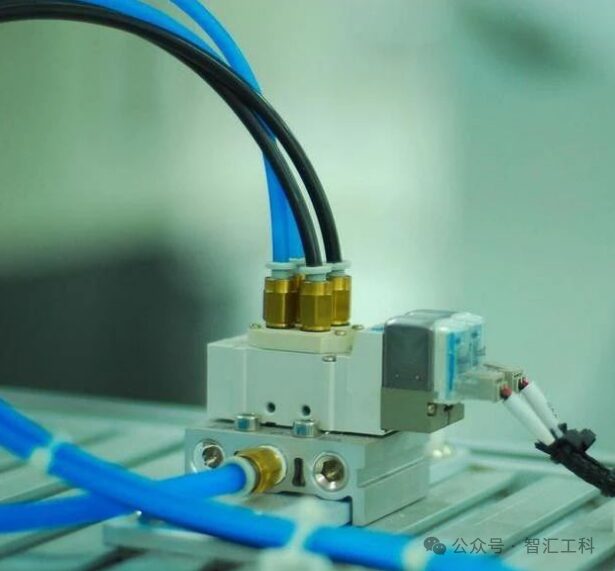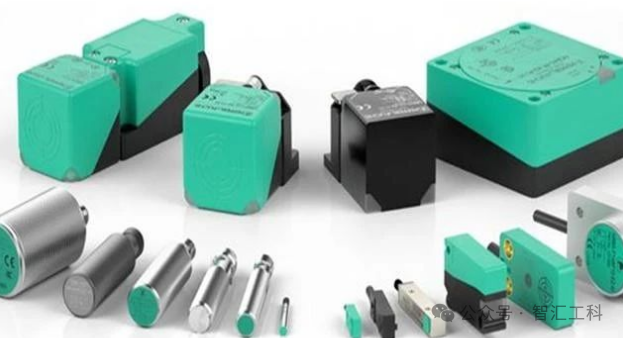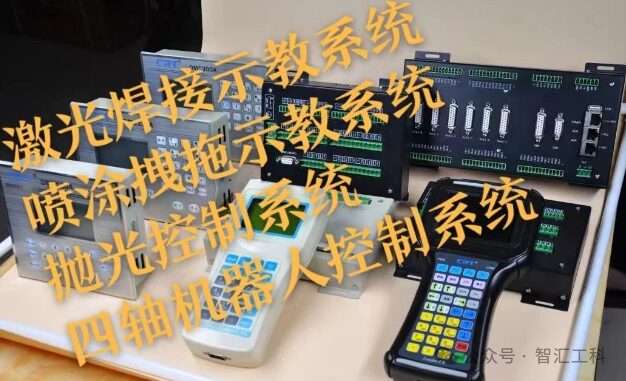A sensor is a device that can sense a specified measurement and convert it into a usable signal according to certain rules. It usually consists of a sensitive element and a conversion element. Below are the classifications and applications of sensors.

I. Classification 1. Classification by the physical quantity being sensed * Temperature Sensor: Used to measure ambient temperature, commonly found in home appliances, industrial equipment, and medical devices. For example, thermocouples, thermistors, and thermocapacitors are common types of temperature sensors. * Pressure Sensor: Used to detect the pressure of liquids or gases, widely applied in automotive, aerospace, and industrial automation industries. Common types include piezoresistive, capacitive, and strain gauge pressure sensors. * Photoelectric Sensor: Utilizes the principle of the photoelectric effect to convert light signals into electrical signals, widely used in photoelectric switches, encoders, and image sensors. Photodiodes, phototransistors, and photoresistors are components of photoelectric sensors. * Accelerometer: Used to measure the acceleration of objects, commonly found in smartphones, game controllers, and automotive safety systems. Common types include piezoresistive, capacitive, and microelectromechanical systems (MEMS) accelerometers. * Biosensor: Specifically designed to detect various parameters within biological organisms, such as blood glucose, heart rate, and blood pressure, making it an important tool in healthcare. * Humidity Sensor: Used to measure the moisture content in the air, including resistive, capacitive, and optical types. It is crucial for monitoring moisture in air and soil, especially widely used in air conditioning systems. * Sound Sensor: Used to detect the presence and intensity of sound, including piezoelectric, capacitive, and magnetoelectric types. It plays an important role in voice recognition and sound monitoring. * Magnetic Sensor: Used to measure the strength and direction of magnetic fields, such as Hall effect sensors and magnetoresistive sensors. It has significant applications in magnetic field measurement and navigation. * Gas Sensor: Used to detect the presence and concentration of specific gases in the air, such as electrochemical gas sensors and catalytic combustion gas sensors. It is widely applied in environmental monitoring and industrial safety. * Level Sensor: Used to measure the height or depth of liquids, including float, ultrasonic, and radar types. It plays an important role in industrial automation and water treatment. * Flow Sensor: Used to measure the flow rate and flow volume of fluids, such as turbine flow meters, electromagnetic flow meters, and ultrasonic flow meters. It has widespread applications in chemical, petroleum, and water treatment industries. 2. Classification by measurement purpose * Physical Sensor: Made based on the significant changes in certain physical properties of the measured substance. Examples include temperature sensors and pressure sensors. * Chemical Sensor: Made using sensitive elements that can convert the composition and concentration of chemical substances into electrical quantities. * Biological Sensor: Made using the characteristics of various biological or biological substances to detect and identify the chemical components within organisms. 3. Classification by output signal * Analog Sensor: Converts the non-electrical quantity being measured into an analog electrical signal (such as voltage or current). * Digital Sensor: Converts the non-electrical quantity being measured into a digital output signal (including direct and indirect conversion). * Pseudo-Digital Sensor: Converts the measured signal quantity into frequency signals or short-period signals (including direct or indirect conversion). * Switch Sensor: Outputs a set low or high signal when a measured signal reaches a specific threshold.

II. Applications 1. Industrial Production: Sensors play an important role in industrial automation, monitoring parameters such as temperature, pressure, and flow on production lines to ensure stability and efficiency in the production process. 2. Space Development: In aerospace, sensors are used to monitor the status of spacecraft, satellites, and other vehicles, including temperature, pressure, and acceleration, to ensure the safety of space missions. 3. Ocean Exploration: In ocean exploration, sensors are used to measure seawater temperature, salinity, and depth, providing important data for marine scientific research. 4. Environmental Protection: Sensors play a key role in environmental monitoring, detecting pollutant concentrations in the air and water quality parameters, providing strong support for environmental protection. 5. Medical Diagnosis: Biosensors have broad application prospects in healthcare, providing patients with accurate physiological monitoring and treatment plans, such as heart rate monitoring and blood glucose measurement. 6. Cultural Heritage Protection: Sensors can monitor the temperature and humidity conditions of the environment where cultural relics are preserved, ensuring their good preservation status.…………………………………………………………………………………… Additionally, sensors also play an important role in smart homes, intelligent transportation, and agricultural automation. With the continuous development of technology, the application fields of sensors will continue to expand and deepen.

In summary, there are many types of sensors, each with its specific application scenarios and functional characteristics. Choosing the right sensor is crucial for achieving precise measurement and control.
